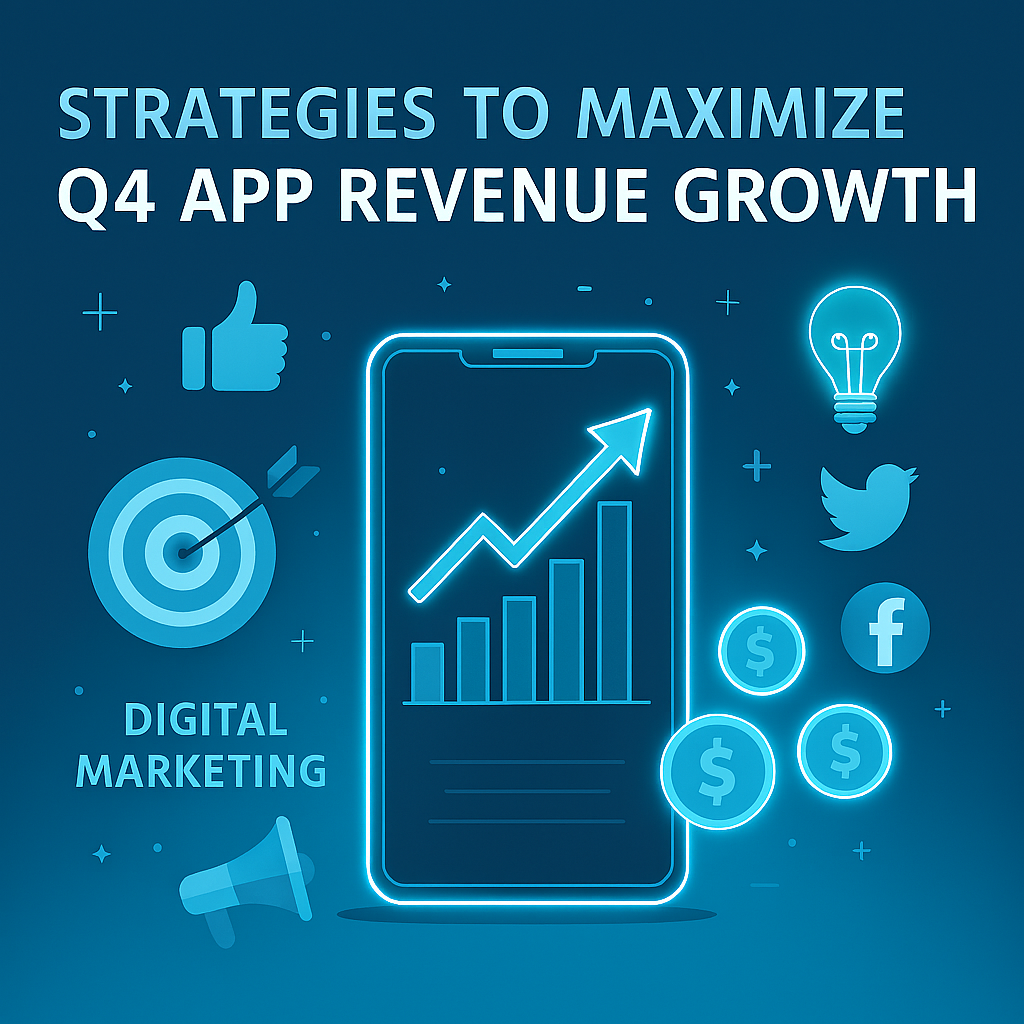Cost per Install has been the basic pricing model for App campaigns in the last years. Install is the basic conversion in the mobile world and much of the mobile advertising industry has been created upon this metric.
We already know by Cost per Install definition that this metric is not perfect: there are some major issues when dealing with app installs:
- Retention is usually very low. Many users install the app and stop using it a few minutes (or hour) after it. Most of the newly installs don’t bring in any value to the advertiser.
- Monetization isn’t an easy game for mobile app developers. Specially for gaming apps, monetization events often occur some time after the install, so measurement based on the install isn’t easy (conversion from cpi to equivalent cpa)
- Attribution. In a multi-touch world understanding the attribution model is not easy, many channels contribute to the installs and many more contribute to actions after the install (such as retargeting or actions based on CRM). Again, CPI is not always the best metric
Despite these issues, CPI is still the most used metric for mobile user acquisition.
But there is something new that we are using together with some of our best clients. (ok, probably this is not actually new, it’s just getting used now) We are talking about ROAS, a marketing metric that adapts very well to the world of mobile user acquisition.
ROAS is tailored to measure not only new users, but rather money that is earned through these new users. This makes ROAS a better metric to understand the economics of User Acquisition.
ROAS for mobile user acquisition
Let’s start with a simple definition of ROAS:

That takes into account the revenue generated from new users against the cost of getting these new users.
Many of our best clients stopped using CPI (or even CPA) and started measuring only ROAS.
ROAS (or ROI) prediction
After some time running mobile user acquisition for a given app there are statistical models able to predict ROAS just a few hours after the install. These models are usually based on retention and some other events; for example one of the best games we are working with is measuring the number of users who reach level_5. Reaching that level in the game means the user has spent around 25-35 minutes playing with the app in the first day after the install. Around 25% of the users who reach level_5 will perform IAPs (in the next month or so).
So, just a few hours after the install we are able to predict the expected ROAS of new users. When this model is precise and reliable, the whole mobile user acquisition process might be based on expected ROAS.
Building a working model for ROI prediction isn’t easy at all, together with our clients we use analytics platforms that ingest a few weeks of data and help us build a model. This model must be refined over time. Probably we’ll write a specific article about this later
ROAS optimisation
In the post-IDFA world optimisation is based on user segmentation based on behavioral and technological analysis. For example we can segment users based on the app where they have seen our ads for the first time. Or we can use their ISP to determine their average ROAS.
Using behavioral segmentation and technological segmentation we can optimize every channel towards the desired ROAS.
Here’s a simple example, taken from one of our customers, a dating app. For the purpose of this article we’ve chosen a few segments that yield good results.

ROAS or CPA
Running mobile user acquisition campaigns on CPA is always a good idea, as it saves a lot of spending for the advertiser.
But ROAS is even better, as this metric is not focused on saving spending, but rather on optimizing spending. This means ROAS is picking the best inventory in terms of monetization, instead of just saving money!





















